A) 1.5 × 103 kw
B) 1,500,000 kw
C) 15,000 kw
D) 1.5 kw
E) cannot be determined from the data provided
G) B) and E)
Correct Answer

verified
Correct Answer
verified
Multiple Choice
An effective water conservation strategy that you could take would be_______.
A) taking longer showers
B) running the water while you brush your teeth
C) washing dishes in a half- full dishwasher
D) doing very small loads of laundry
E) to repair dripping faucets
G) B) and D)
Correct Answer

verified
Correct Answer
verified
Multiple Choice
Recent U.S. legislation has mandated increased use of biofuels, and the number of ethanol refineries is growing rapidly. It is now predicted that by 2015, as much as_______of the U.S. corn crop could go toward ethanol production.
A) 90%
B) 10%
C) 20%
D) 75%
E) 50%
G) A) and C)
Correct Answer

verified
Correct Answer
verified
Multiple Choice
Match the description with the appropriate term. -Electric Generator
A) Converts chemical energy into electricity through a reaction with oxygen
B) Reduces amperage and increases voltage
C) Network of transmission lines and transformers
D) Dynamo
E) Area of electromagnetic force
G) A) and E)
Correct Answer

verified
Correct Answer
verified
Multiple Choice
What part of the IPAT equation does providing contraceptive and reproductive health fall under? 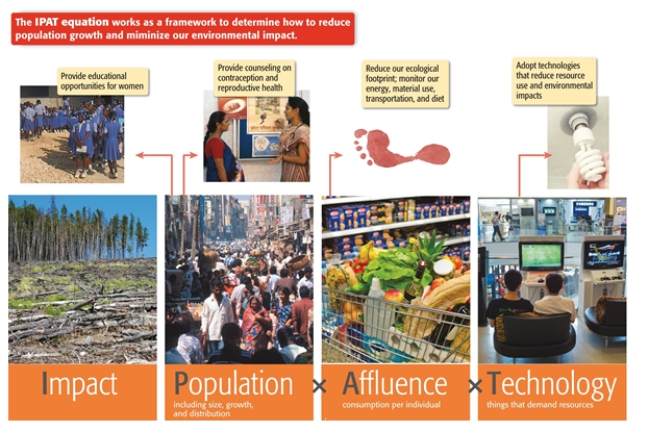
A) population
B) technology
C) impact
D) affluence
E) none of the above
G) C) and D)
Correct Answer

verified
Correct Answer
verified
Multiple Choice
Effective environmental leaders believe that their actions_______.
A) cannot be changed
B) have no impact on the environment
C) matter
D) are superior to others
E) can do nothing because they are only one person
G) D) and E)
Correct Answer

verified
Correct Answer
verified
Multiple Choice
At a toxicant dose of 27 mg, what would be the expected mortality for this chemical substance? 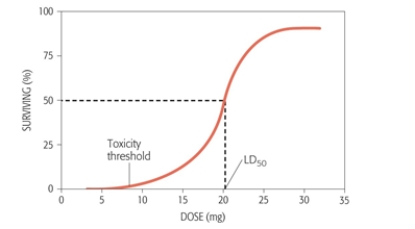
A) 75%
B) 80%
C) 100%
D) 90%
E) 50%
G) B) and D)
Correct Answer

verified
Correct Answer
verified
Multiple Choice
Match the term with the appropriate description. -Biomagnification
A) Chemicals that cause or support cancer
B) Substances that cause mutations and birth defects
C) The dose of a chemical above which there is a measurable decline in the health measure
D) The process by which chemicals are stored in the tissues of living organisms
E) Concentrations of a chemical increase at each higher level of the food web
G) B) and C)
Correct Answer

verified
Correct Answer
verified
Multiple Choice
The average late afternoon temperature in downtown areas is approximately_______warmer than rural areas. 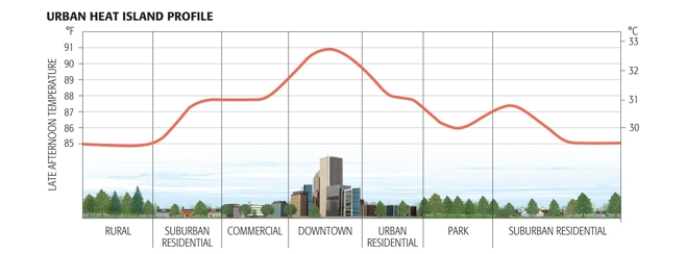
A) 10°F
B) 10°C
C) 2.5°F
D) 5°F
E) 90°F
G) All of the above
Correct Answer

verified
Correct Answer
verified
Multiple Choice
Toxicologists designate particularly long- lived and widely dispersed organic chemicals as persistent organic pollutants (POPs) . Which of the following chemicals are in this category?
A) U235
B) carbon monoxide
C) lead
D) PCB
E) cadmium
G) B) and C)
Correct Answer

verified
Correct Answer
verified
Multiple Choice
When completed, benefits of Atlanta's BeltLine include all of the following except_______ .
A) parks
B) unremediated brownfields
C) pedestrian- friendly rail transit
D) affordable housing
E) multiuse trails
G) All of the above
Correct Answer

verified
Correct Answer
verified
Multiple Choice
Recycling programs, especially for aluminum cans, have become very successful because it requires only_______ of the energy needed to make a can from bauxite ore.
A) 10%
B) 55%
C) 5%
D) 40%
E) 20%
G) C) and D)
Correct Answer

verified
Correct Answer
verified
Multiple Choice
Read the scenario and answer the accompanying questions. Many important life-sustaining resources and ecosystem services are predicted to become scarcer in the next 50 years. Two of the best-known examples of this trend involve water and oil consumption. Although a daily dependence on both is a fact of human existence in the 21st century, these resources differ in very basic ways: renewability. Although not the only effective approach, increased conservation is recommended as a central focus for managing both resources, in order to accelerate the transition to a more sustainable future. -Increased water stewardship requires that we stop using Earth's surface and groundwater as_______
A) waste disposal systems
B) a way to raise agricultural crops
C) a source of recreation for boating
D) important ecosystem services
E) sources of electrical energy
G) B) and D)
Correct Answer

verified
Correct Answer
verified
Multiple Choice
There are significant differences in the leading causes of death between developed and developing regions of the world. The biggest difference is in the category of frequency of _______ . 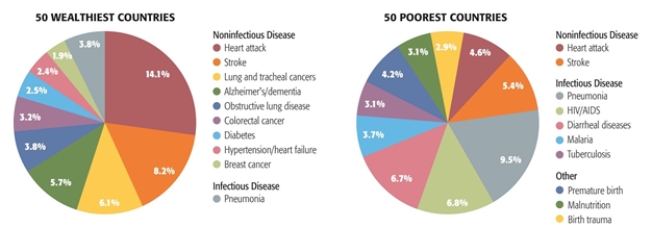
A) E. coli illnesses
B) cancer
C) cardiovascular diseases
D) childhood diseases
E) lung diseases
G) B) and E)
Correct Answer

verified
Correct Answer
verified
Multiple Choice
In recent years in Africa, more individuals have _______as a result of parasitic worms in waterways.
A) malaria
B) Lyme Disease
C) dengue fever
D) HIV
E) schistosomiasis
G) B) and C)
Correct Answer

verified
Correct Answer
verified
Multiple Choice
Cities tend to require very_______ inputs of energy and materials resulting in_______outputs of waste.
A) large; small
B) large; large
C) similar; similar
D) small; large
E) small; small
G) C) and D)
Correct Answer

verified
Correct Answer
verified
Multiple Choice
What region of the United States is best suited for producing wind used for energy? 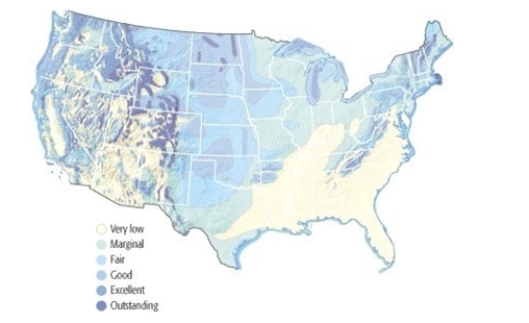
A) Southeast Mountains
B) Northwest
C) Northeast
D) Western Mountains
E) Southwest
G) C) and D)
Correct Answer

verified
Correct Answer
verified
Multiple Choice
Read the scenario and answer the accompanying questions. In the Philippines, much of the country's municipal solid waste is disposed of in open dumps or in bodies of water near urban areas. As a result, the environment surrounding the dumpsites is heavily impacted and a source of concern for human and environmental health. Often, over half of the waste is organic, and another significant portion is composed of material resources that could be recycled. -Knowing that the Philippines has a growing population that is proving difficult to adequately feed, what waste management approach could help in this problem?
A) decreasing the amount of land for landfill space so that more is available for growing food
B) initiating incineration to remove the health hazards from the open pit dumping
C) reducing the over- consumption that is prevalent in the Philippines
D) composting organic material to increase agricultural productivity
E) recycling all of the glass and aluminum products
G) A) and C)
Correct Answer

verified
Correct Answer
verified
Multiple Choice
Congestion pricing passes externalized costs of auto dependency on to the_______.
A) the city/state that licenses the automobile
B) car sales person
C) automobile driver
D) residents of the city/state through taxation regardless of automobile ownership
E) car manufacturer
G) A) and C)
Correct Answer

verified
Correct Answer
verified
Multiple Choice
Match the term with the appropriate description. -Carcinogens
A) Chemicals that cause or support cancer
B) Substances that cause mutations and birth defects
C) The dose of a chemical above which there is a measurable decline in the health measure
D) The process by which chemicals are stored in the tissues of living organisms
E) Concentrations of a chemical increase at each higher level of the food web
G) C) and D)
Correct Answer

verified
Correct Answer
verified
Showing 21 - 40 of 236
Related Exams